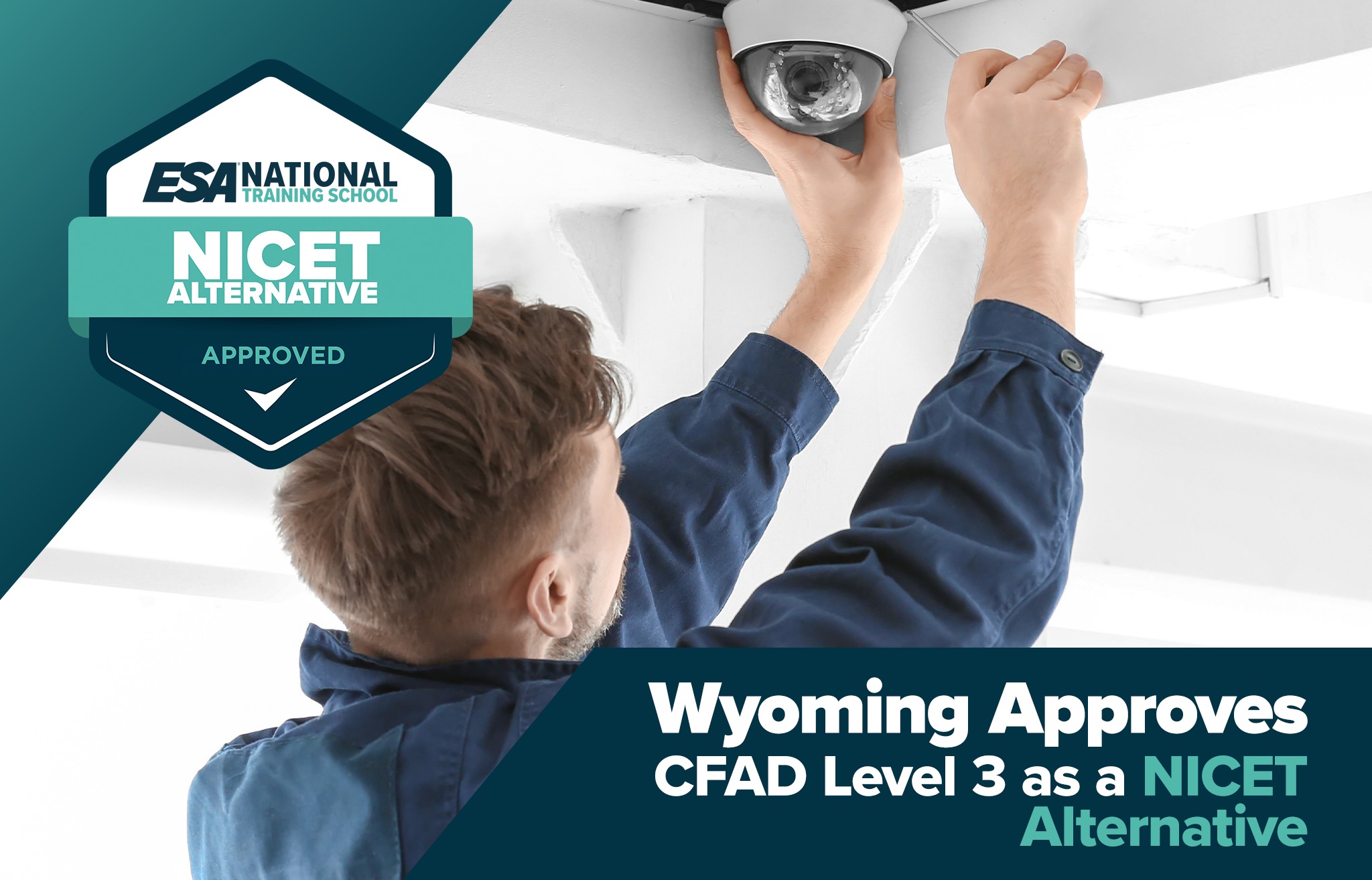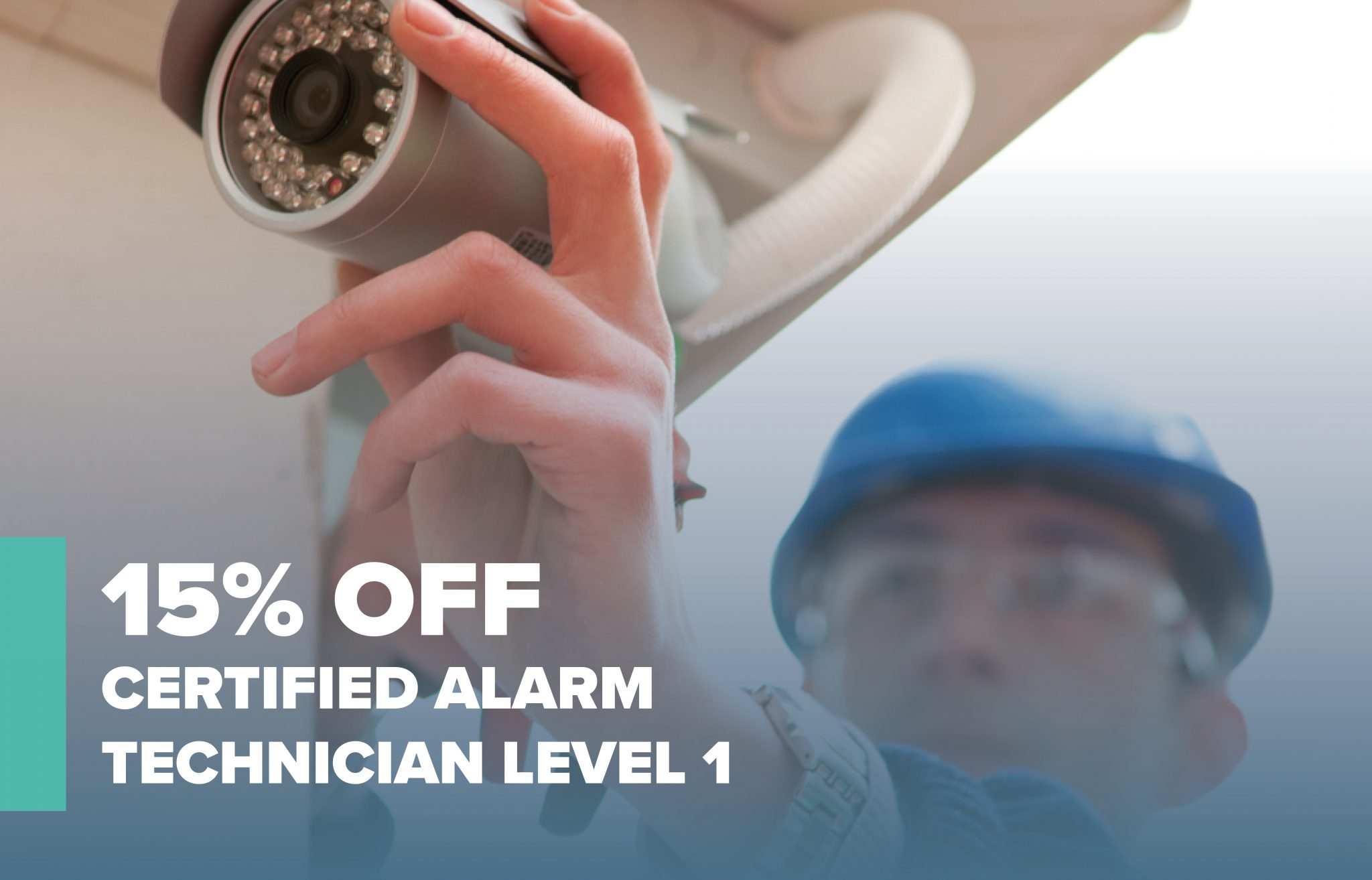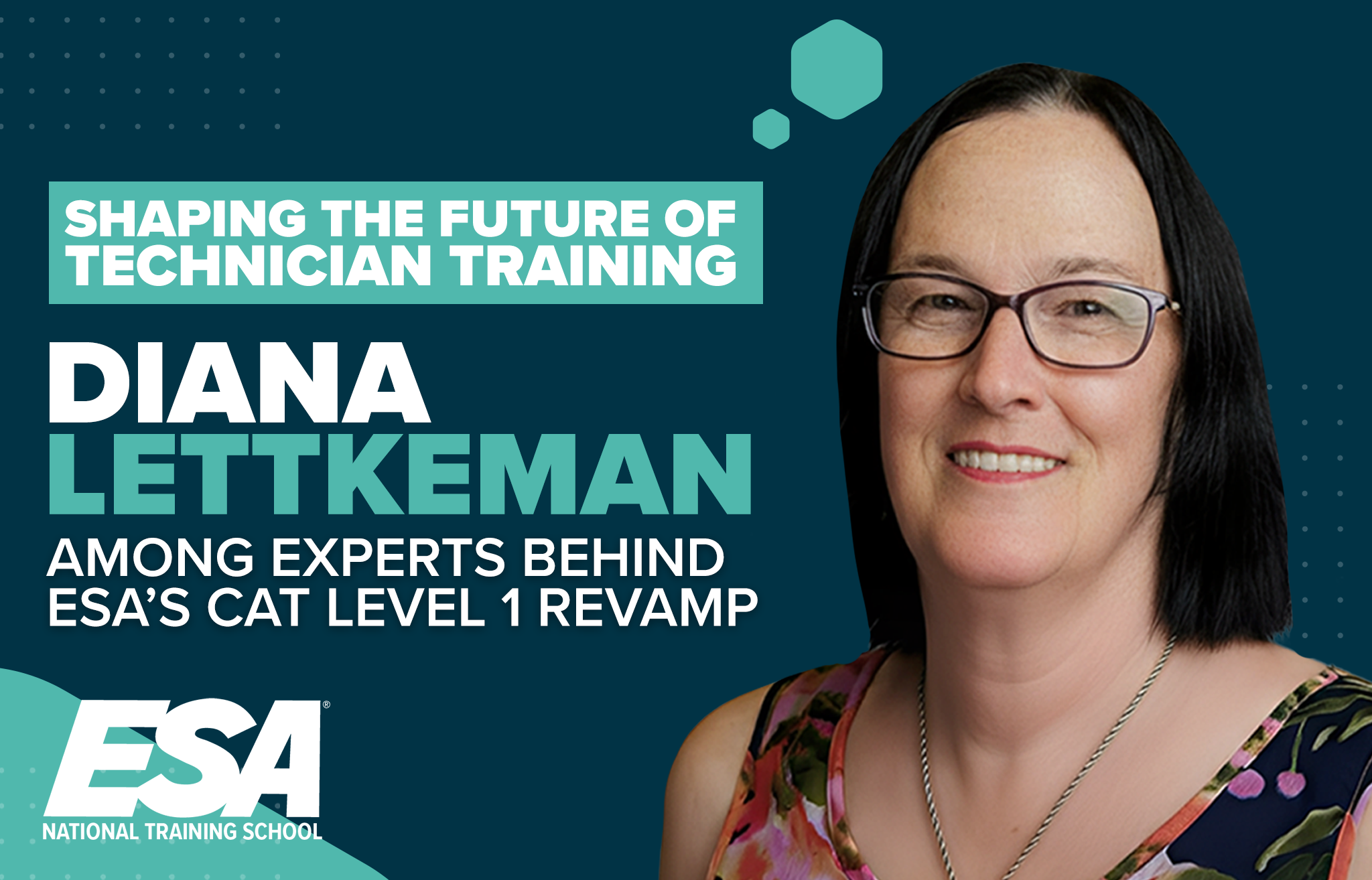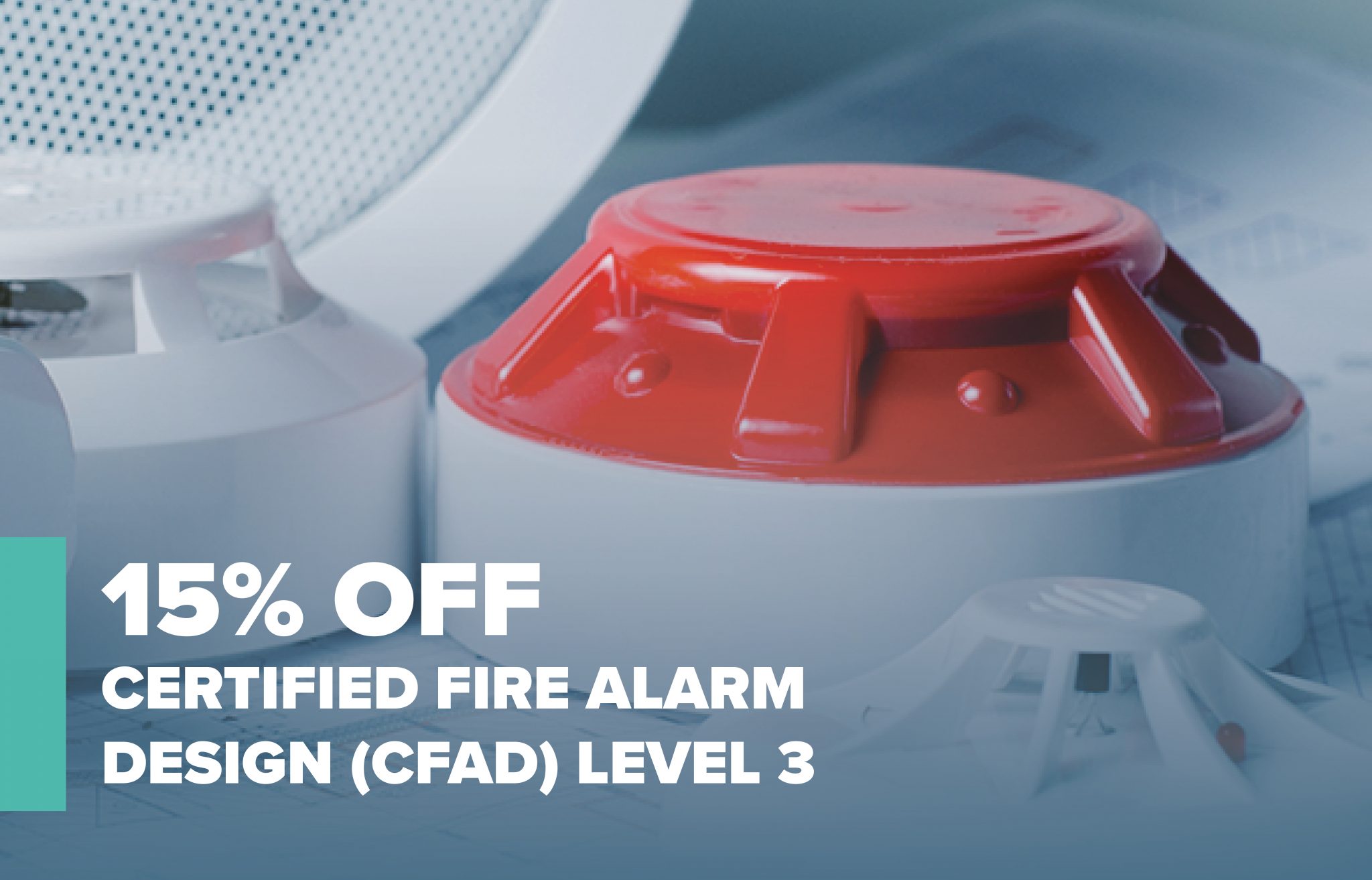
ESA National Training School’s 10 Commandments of Wiring
While there’s an increasing number of wireless systems entering the industry every year, wire continues to be a central element of systems installations and maintenance. Regardless of a technician’s level of experience, it’s important to keep a checklist in mind to ensure everything functions safely and smoothly in your wiring setups, in accordance with industry codes.
Below is ESA’s National Trading School’s (NTS) suggested checklist for wiring, easily remembered as the 10 Commandments of Wiring.
Use jacketed wire
Using jacketed wire reduces the chance of minor abrasions worsening and becoming a more serious problem.
Tape where wire may rub against other surfaces
Such as near wall corners or places where wiring runs through walls or enters them from ceilings. UL 681 requirements call for 2 wraps minimum. NFPA 70 300.4 [‘23]
Protect exposed wiring
Using conduit or wire mold to protect wiring in high traffic areas will prevent problems. This is critically important around loading docks, shipping and receiving areas, or anywhere that has operating machinery. Protect within 7 feet of the floor. NFPA 70 760.53(A)(1) [‘23]
Avoid running wires near or along AC lines
UL 681 & NEC – 2” min. Running wiring too close to AC lines will cause induced current on your lines, which could cause your user controls and control panel to operate inconsistently. NFPA 70 725.136 [‘23].
Secure wiring to permanent structures
Secure your wiring to the permanent part of the building structure. Fasten at least every 18 inches. (Does not apply to fished conductors). NFPA 70 760.53(A)(1) [‘23]
Ensure that all splices and connections are serviceable and easily accessible
NEC requires a 6-inch minimum. Because many problems with security and fire systems can be traced back to splices, keeping your splices accessible can largely cut out a lot of potential issues. Remember that all areas that are accessible during construction may not remain accessible later. All wiring should enter boxes through approved fittings to protect it against physical damage. Reference – NFPA 70 300.4(B) [‘23]
All wiring must be tagged or identified in accordance with their use or function
Keep your identification chart readily available at the site to minimize wasted time spent trying to retrace wiring.
Do not attach to steam or water pipes
The heat and moisture from hot pipes and even exposure to cold water will cause problems for your wire’s insulation. Keep this in mind during future piping repairs or alterations to ensure they don’t come into contact with wiring down the road.
Avoid mechanical stress
Stretching your wiring may use a few inches less wire or look neater but can also result in too much stress on your wire and splices and cause cracks in the outer jacket and/or conductor insulation.
Maintain service loops at both ends at a minimum of 6 inches
Since wiring will inevitably need to be serviced at some point. Service loops can streamline the process whether detection circuits are being changed, new equipment is being added, or new control panels are being installed.
While technician training in wiring will go into far more depth than this list does, this is nonetheless a good checklist to provide your technicians and encourage them to review every time they’re working on an install.








